A coordinated approach involving Türkiye and Russia may thus present a viable pathway for Syria.
A coordinated approach involving Türkiye and Russia may thus present a viable pathway for Syria.
By Erkin Feyyaz Eşli
On the night of 19 May 2025, a military installation of the Syrian Arab Army located at the Tishrin Dam in eastern Aleppo province came under a significant attack. According to sources affiliated with the 76th Division, the assault involved the use of heavy weaponry and was attributed to the Syrian Democratic Forces (SDF), though no official confirmation or statement was issued by the group. Despite the intensity of the offensive, government forces successfully repelled the attack without incurring casualties. This incident unfolded in the immediate context of an agreement between SDF commander Mazloum Abdi and the interim President of Syria, Ahmed al-Sharaa, concerning the transfer of control over the dam to the Syrian Army.
This confrontation reflects a broader pattern of instability in Syria’s post-Assad political and security environment. The interim administration has demonstrated limited capacity to enforce territorial sovereignty, particularly in the north-eastern regions of the country, which remain under the control of the SDF. This coalition, which maintains considerable military capacity, continues to receive material and political support from Western actors—most notably, the United States. Current developments indicate that Mazloum Abdi is neither inclined to integrate his forces into the Syrian Arab Army nor to pursue a political trajectory similar to that of the Kurdistan Workers’ Party (PKK).
Concurrently, remnants of the Islamic State of Iraq and Syria (ISIS) maintain an operational presence in eastern Syria. Since the beginning of May 2025, ISIS has reportedly executed at least nine terrorist attacks, the latest of which occurred on 18 May in the province of Deir ez-Zor. These persistent threats further complicate efforts to achieve national security and reconstruction.
The security challenges facing Syria are not limited to non-state actors. On the interstate level, tensions with regional powers such as Iran and Israel continue to pose strategic dilemmas. Iran has historically served as a key ally of the Bashar Assad regime and remains a primary benefactor of Hezbollah. Conversely, Israel maintains a policy of preemptive military strikes across Syrian territory, including in the capital, Damascus. The long-standing occupation of the Golan Heights by Israel, now extending beyond four decades, remains a central issue in Syrian-Israeli relations. Moreover, Israel has voiced opposition to the lifting of international economic sanctions on Syria, as reported by Syria TV.
Given these overlapping internal and external threats, the Syrian state requires reliable strategic partners to stabilize the country during its ongoing transition. Türkiye has emerged as a key regional stakeholder, and bilateral dialogue with Russia concerning the sustained presence of Russian forces in Syria continues. It is highly likely that neither Ankara nor Moscow, acting independently, possesses the capacity to comprehensively address Syria’s multifaceted security dilemmas. Nevertheless, the unprecedentedly cooperative relations between Russia and Türkiye—bolstered by the cordial rapport between Presidents Recep Tayyip Erdoğan and Vladimir Putin—offer a pragmatic foundation for a joint initiative aimed at regional stabilization.
In conclusion, unlike many Western states, both Ankara and Moscow have consistently advocated for the unconditional lifting of economic sanctions against Syria and have actively pursued this goal on the international stage. The potential expansion of Turkish military infrastructure and the continued operation of Russian military bases could contribute significantly to Syria’s stability during this critical transitional phase. A coordinated approach involving Türkiye and Russia may thus present a viable pathway for Syria to restore sovereignty and internal order amidst ongoing geopolitical turbulence.


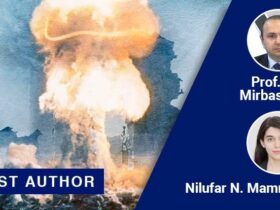

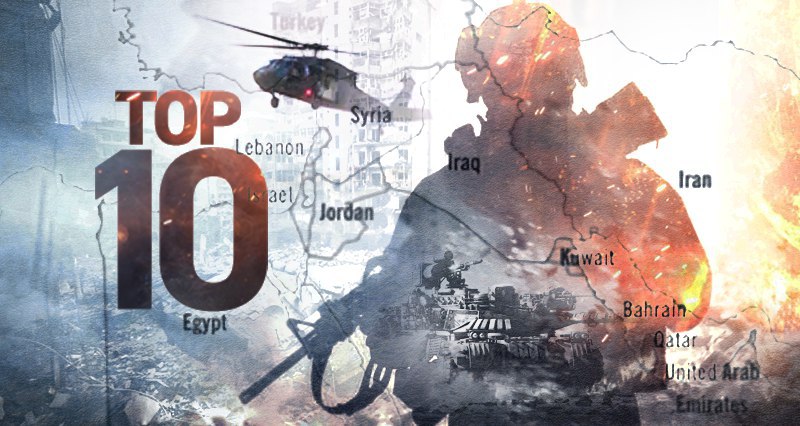


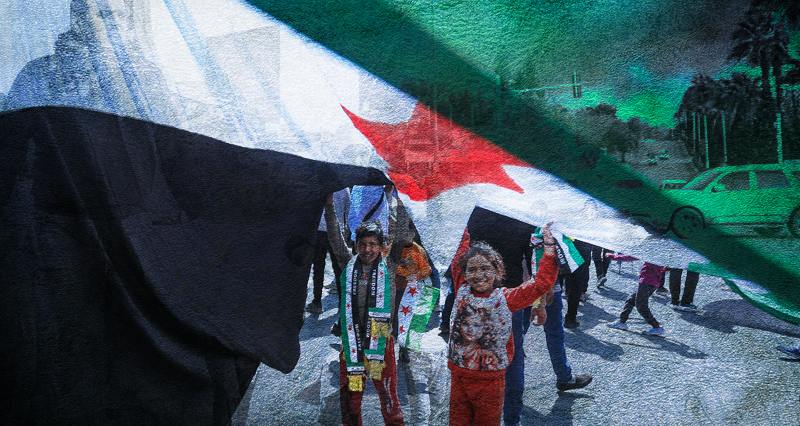
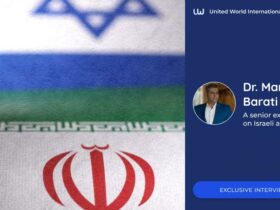
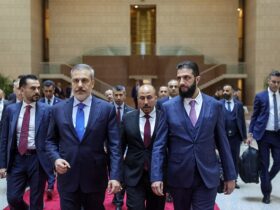
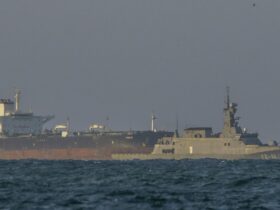
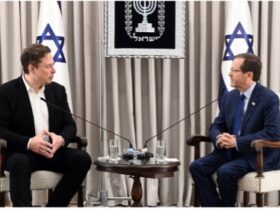

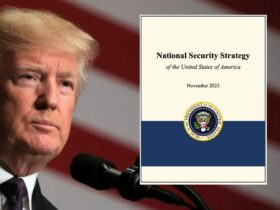
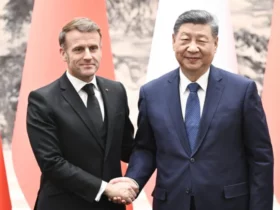

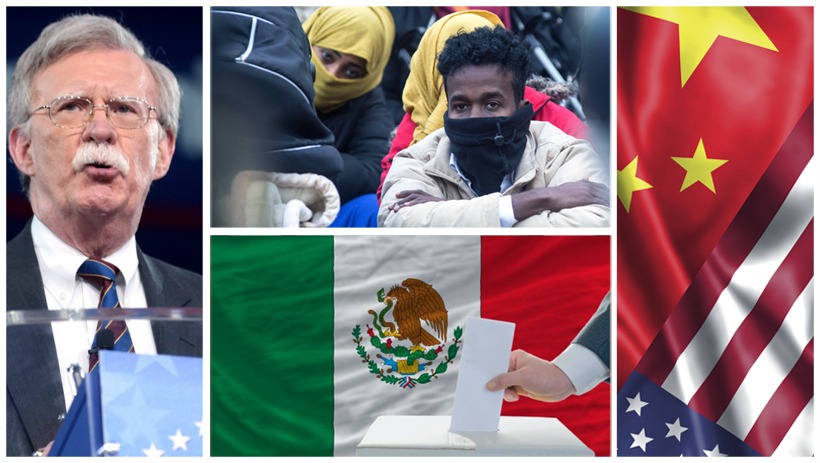
Leave a Reply